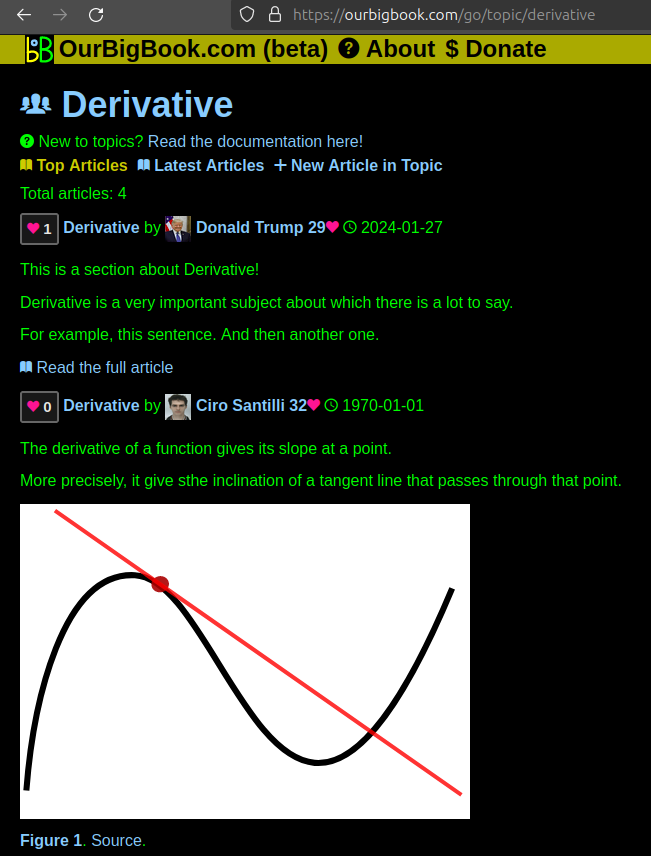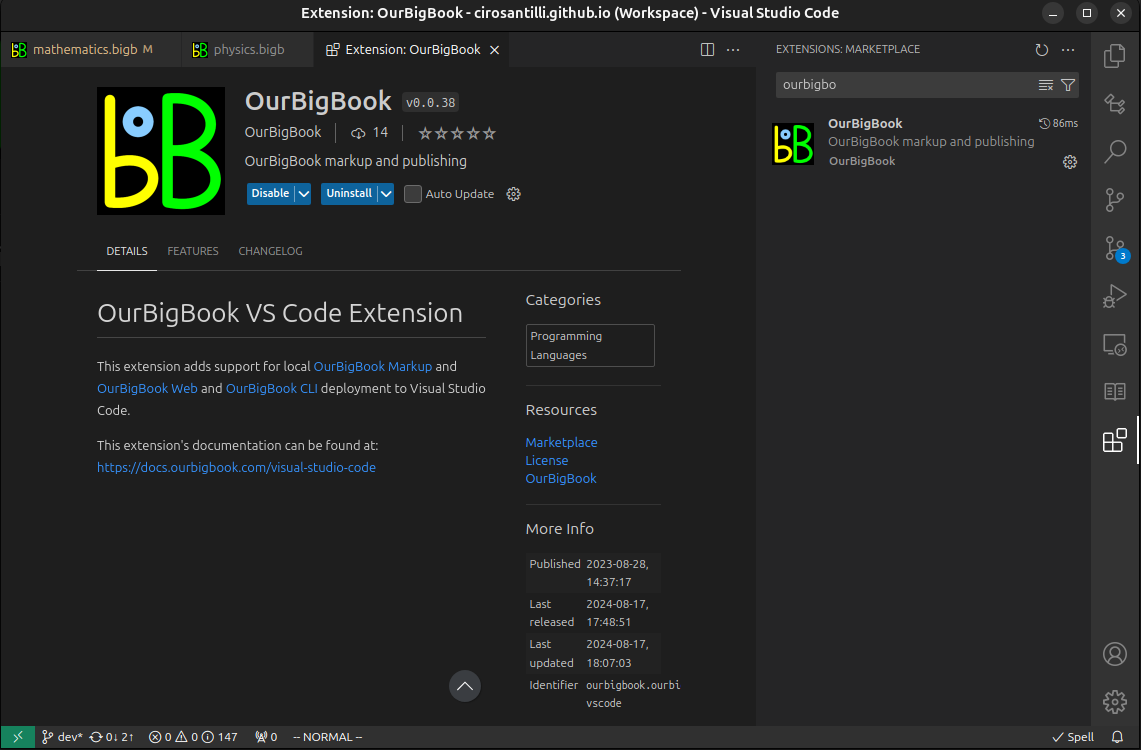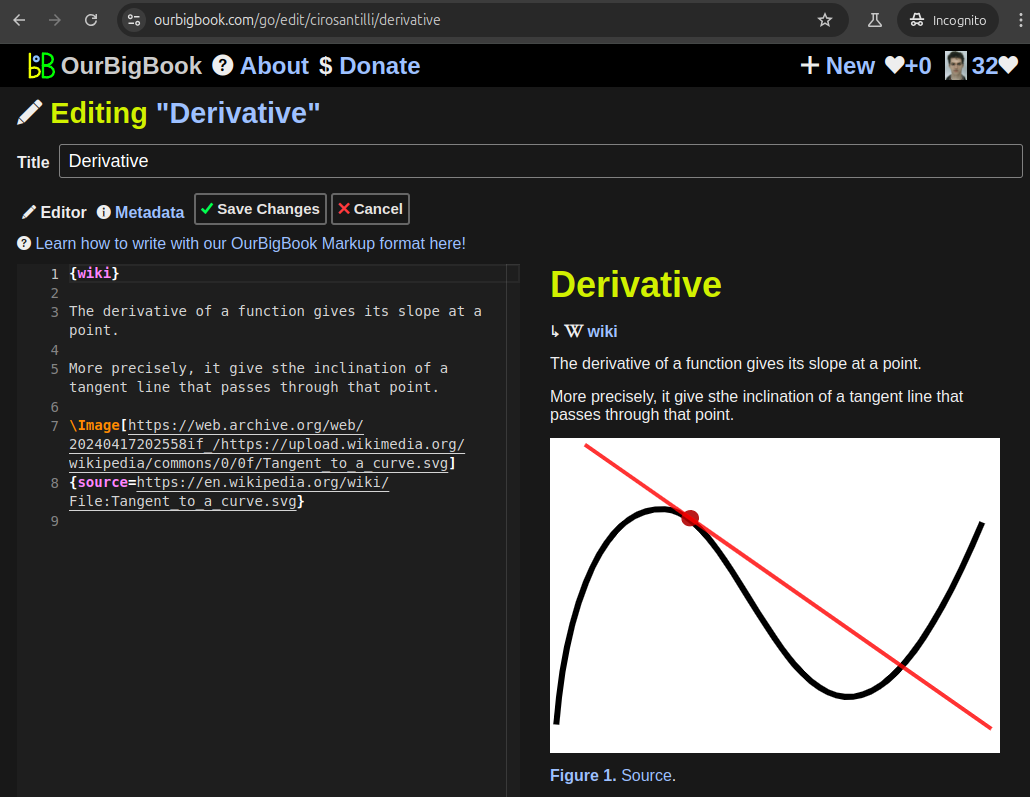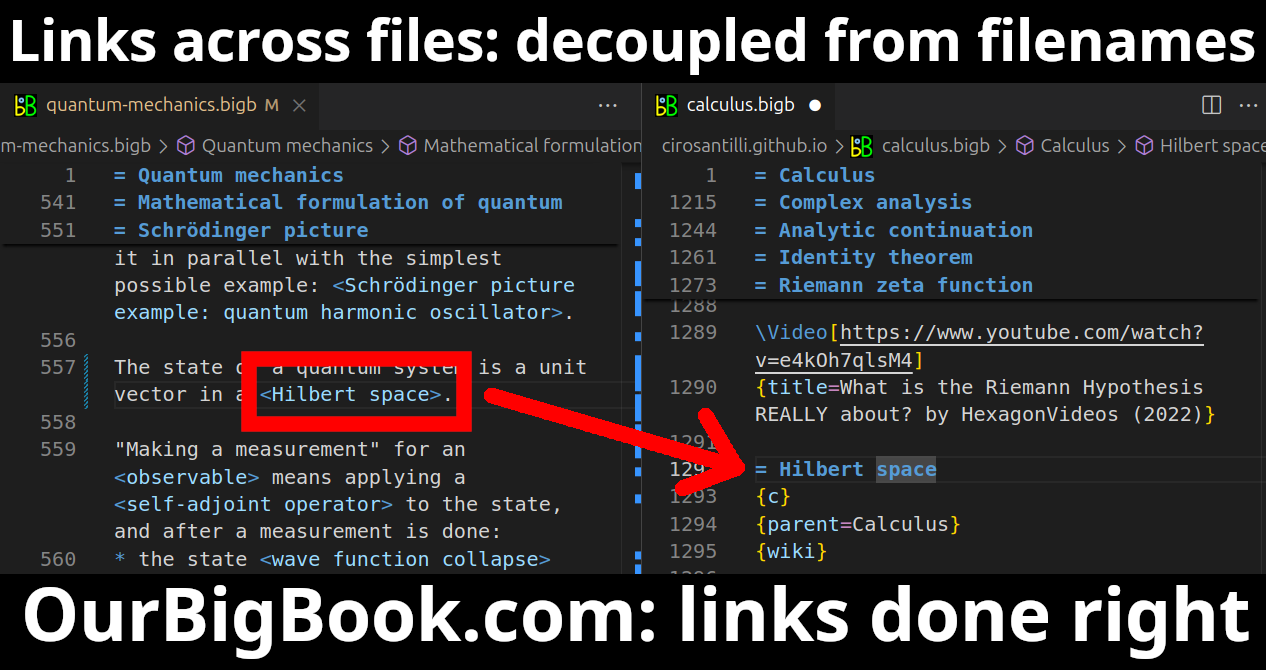In South Australia, "big things" refer to oversized roadside attractions that are popular with tourists and locals alike. These attractions typically feature large sculptures of various animals, food items, and iconic symbols of the region. Some of the most famous big things in South Australia include: 1. **The Big Lobster (Langhorne Creek)** - A giant lobster sculpture that has become a symbol of the local fishing industry.
Binding energy is the energy required to disassemble a system of particles into its individual components. In the context of nuclear physics, it specifically refers to the energy needed to separate a nucleus into its individual protons and neutrons. When these nucleons are bound together within the nucleus, they exhibit a lower total energy compared to when they are free and unbound.
In mathematics, particularly in the field of algebra and number theory, the term "residual property" can refer to several concepts depending on the context. However, it is not a standard term and may not have a single, universally accepted definition across branches of mathematics.
The Schreier conjecture is a conjecture in the field of group theory, specifically concerning the properties of groups of automorphisms. It was proposed by Otto Schreier in 1920. The conjecture states that for every infinite group \( G \) of automorphisms, the rank of the group of automorphisms \( \text{Aut}(G) \) is infinite.
The term "Slender group" generally refers to a specific type of mathematical group in the context of group theory, particularly in the area of algebra. More formally, a group \( G \) is called a slender group if it satisfies certain conditions regarding its subgroups and representations. In particular, slender groups are often defined in the context of topological groups or the theory of abelian groups.
Steenrod homology is a type of homology theory that arises in the context of topology, particularly in the study of topological spaces with additional algebraic structure, such as fibration or reframed onto prime fields. It is named after the mathematician Norman Steenrod who introduced it in the 1940s.
The term "Warfield Group" can refer to a specific organization or group of organizations, but without additional context, it is difficult to provide a precise definition. There are multiple entities and individuals associated with the name "Warfield," and it may refer to anything from a business group to a team or a specific initiative within a broader context.
A halocline is a layer in a body of water where there is a rapid change in salinity with depth. This phenomenon typically occurs in oceanic and large freshwater environments, such as lakes. The halocline acts as a barrier that can separate different water masses with varying salinity, affecting water density and, consequently, mixing patterns and circulation in the water body.
The term "algebras" can refer to several different concepts depending on the context, but it generally relates to a branch of mathematics that deals with symbols and the rules for manipulating those symbols. Here are some common interpretations: 1. **Algebra in Mathematics**: This is the most common use of the term. Algebra is a field of mathematics that involves studying mathematical symbols and the rules for manipulating these symbols. It includes solving equations, working with polynomials, and understanding functions.
Tiger bush is a type of vegetative pattern found in arid and semi-arid regions, characterized by alternating bands of grassland and shrubland or tree cover. This unique ecological formation typically occurs in areas where there is a gradient of water availability, leading to the distinct spatial arrangement of vegetation. The name "tiger bush" comes from the resemblance of the pattern to the stripes of a tiger, with the bands of grasses and shrubs creating a striped appearance across the landscape.
Hypercomplex numbers are a generalization of complex numbers that extend beyond the traditional two-dimensional complex plane into higher dimensions. They can be understood as numbers that incorporate additional dimensions through the introduction of new units, much like complex numbers extend the real numbers with the imaginary unit \(i\), where \(i^2 = -1\). ### Key Types of Hypercomplex Numbers 1.
Ockham algebras are algebraic structures that arise in the study of formal logic, particularly in connection with concepts of nominalism and the philosophy of mathematics. They are named after the philosopher William of Ockham, who is known for advocating simplicity in explanations, often referred to as Ockham's Razor.
In the context of group theory in mathematics, a group is a set equipped with an operation that combines any two elements to form a third element while satisfying four fundamental properties. These properties define the structure of a group.
An additive group is a mathematical structure that consists of a set equipped with an operation (usually referred to as addition) that satisfies four key properties: closure, associativity, the existence of an identity element, and the existence of inverses.
Pinned article: Introduction to the OurBigBook Project
Welcome to the OurBigBook Project! Our goal is to create the perfect publishing platform for STEM subjects, and get university-level students to write the best free STEM tutorials ever.
Everyone is welcome to create an account and play with the site: ourbigbook.com/go/register. We belive that students themselves can write amazing tutorials, but teachers are welcome too. You can write about anything you want, it doesn't have to be STEM or even educational. Silly test content is very welcome and you won't be penalized in any way. Just keep it legal!
Intro to OurBigBook
. Source. We have two killer features:
- topics: topics group articles by different users with the same title, e.g. here is the topic for the "Fundamental Theorem of Calculus" ourbigbook.com/go/topic/fundamental-theorem-of-calculusArticles of different users are sorted by upvote within each article page. This feature is a bit like:
- a Wikipedia where each user can have their own version of each article
- a Q&A website like Stack Overflow, where multiple people can give their views on a given topic, and the best ones are sorted by upvote. Except you don't need to wait for someone to ask first, and any topic goes, no matter how narrow or broad
This feature makes it possible for readers to find better explanations of any topic created by other writers. And it allows writers to create an explanation in a place that readers might actually find it.Figure 1. Screenshot of the "Derivative" topic page. View it live at: ourbigbook.com/go/topic/derivativeVideo 2. OurBigBook Web topics demo. Source. - local editing: you can store all your personal knowledge base content locally in a plaintext markup format that can be edited locally and published either:This way you can be sure that even if OurBigBook.com were to go down one day (which we have no plans to do as it is quite cheap to host!), your content will still be perfectly readable as a static site.
- to OurBigBook.com to get awesome multi-user features like topics and likes
- as HTML files to a static website, which you can host yourself for free on many external providers like GitHub Pages, and remain in full control
Figure 3. Visual Studio Code extension installation.Figure 4. Visual Studio Code extension tree navigation.Figure 5. Web editor. You can also edit articles on the Web editor without installing anything locally.Video 3. Edit locally and publish demo. Source. This shows editing OurBigBook Markup and publishing it using the Visual Studio Code extension.Video 4. OurBigBook Visual Studio Code extension editing and navigation demo. Source. - Infinitely deep tables of contents:
All our software is open source and hosted at: github.com/ourbigbook/ourbigbook
Further documentation can be found at: docs.ourbigbook.com
Feel free to reach our to us for any help or suggestions: docs.ourbigbook.com/#contact






